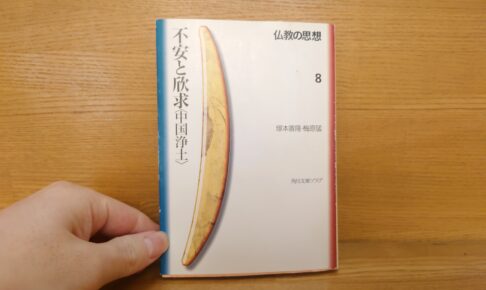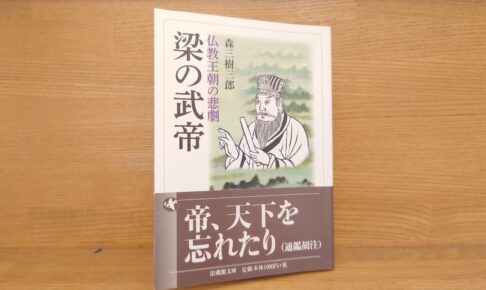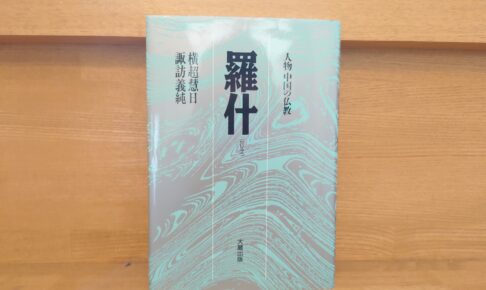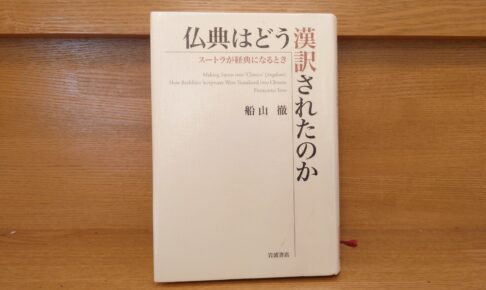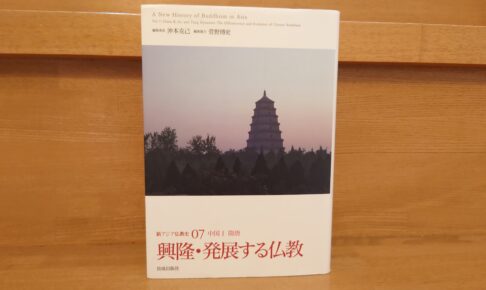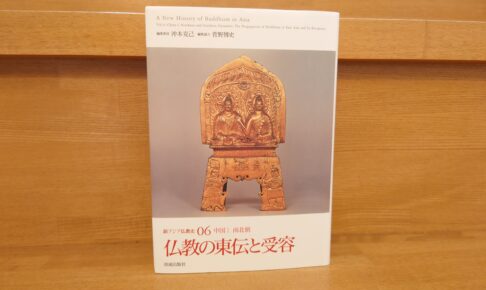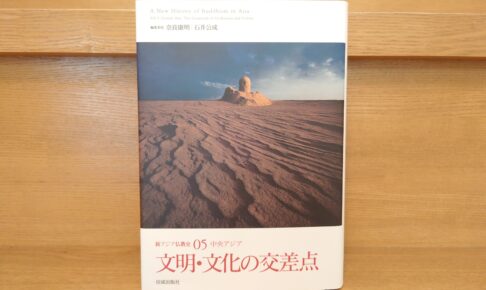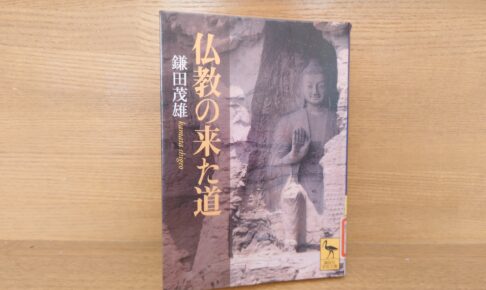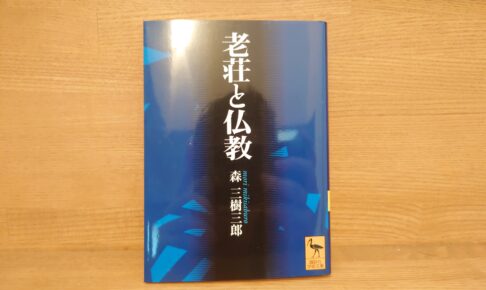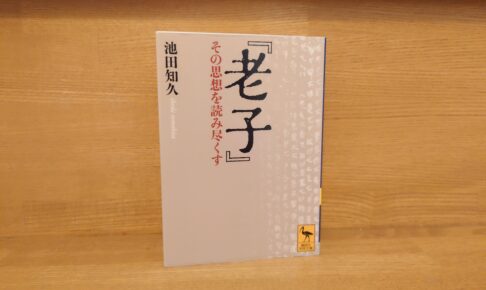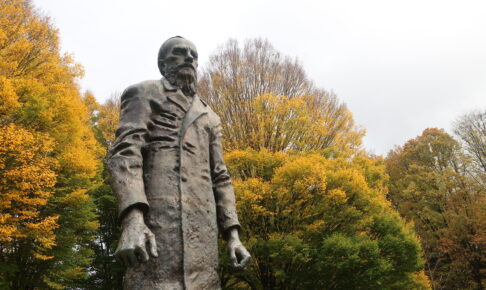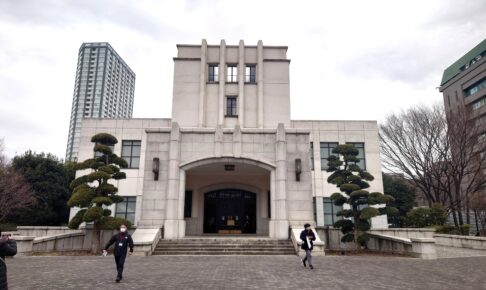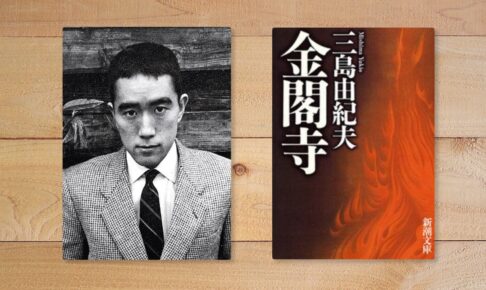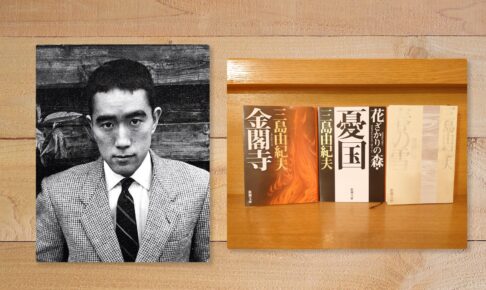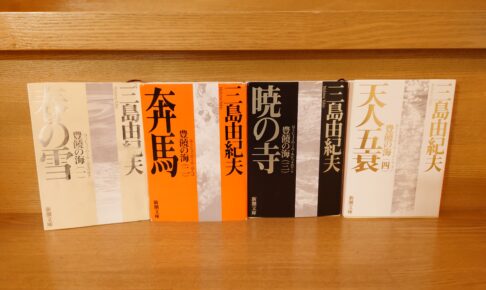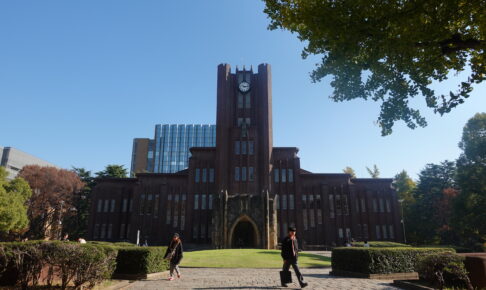Buddhist Thought 8: Anxiety and Joyousness in the Pure Land of China" - A recommended reference book that also provides information on the thought and life of Cloudyran, Dogen, and Zenko, as well as the historical background of their lives!
In this book, you can learn not only about the thought of Shinran, Dogen, and Zhenguang, but also their lives and historical backgrounds. It is clear that Buddhism was a result of the political situation in China at that time. It was very interesting to see how Chinese Pure Land Buddhism developed in the midst of repeated warfare and suppression of Buddhism, and how, during Zendo's time, Zendo's Pure Land Buddhism gained support in the prosperous downtown area of the international city of Chang'an. It is interesting to see the connection between great historical figures and their historical backgrounds. As a Jodo Shinshu monk, I tend to spend a lot of time with Shinran and Honen, but I feel that tracing back to their origins is also very significant. It is only by tracing back to the source that we can see Shinran's characteristics and uniqueness.
In this sense, this book is a very valuable work for studying Shinran.












